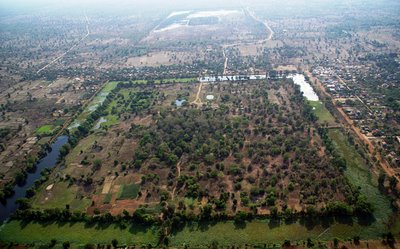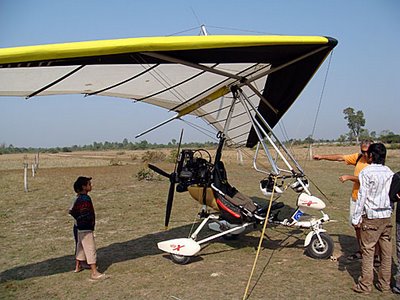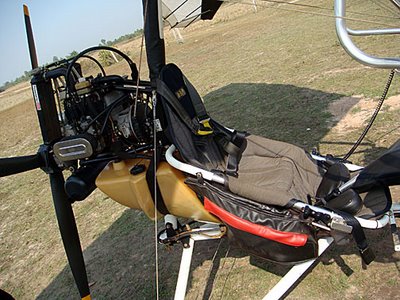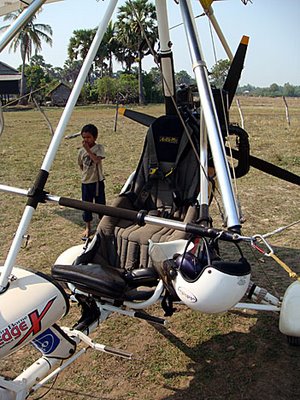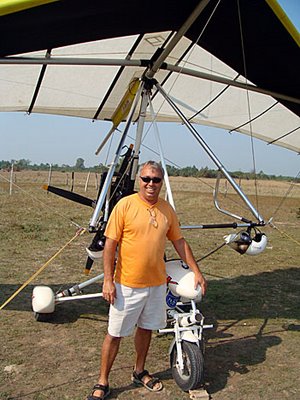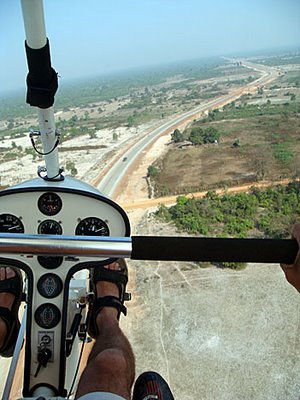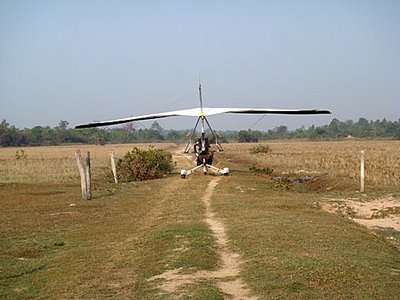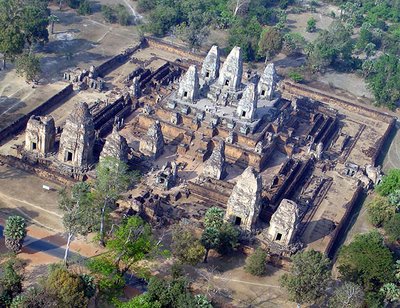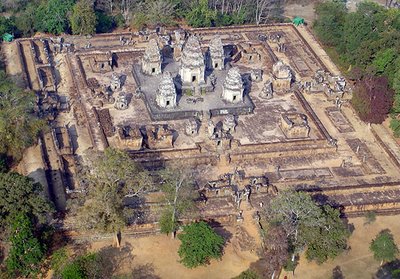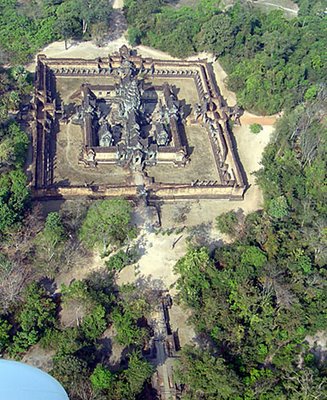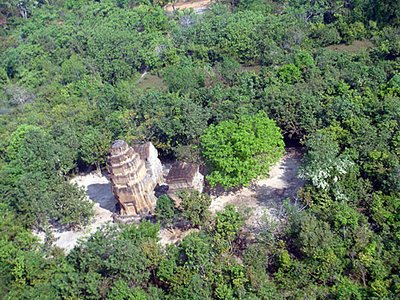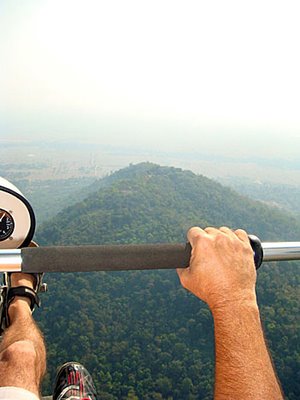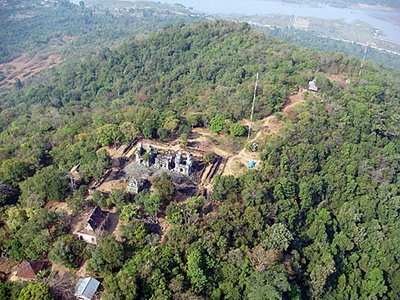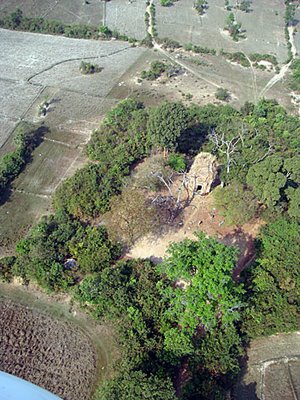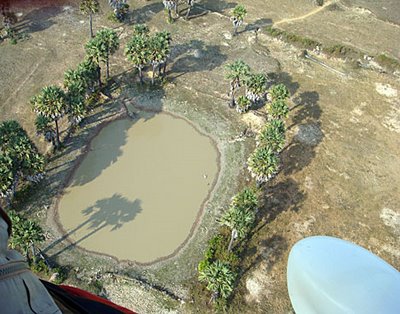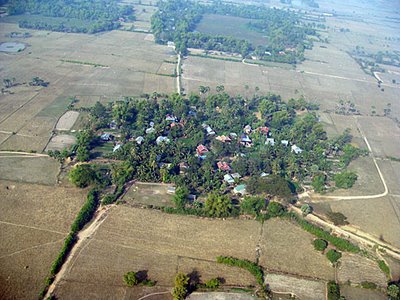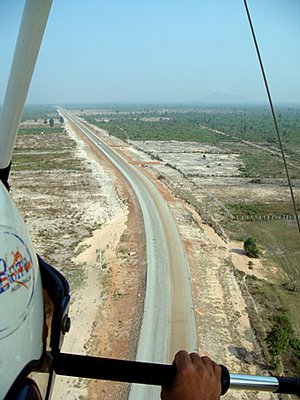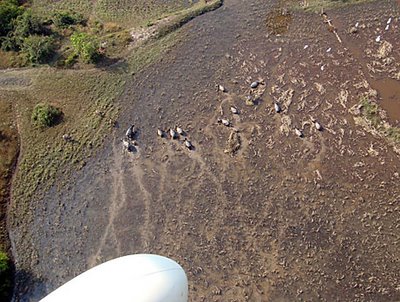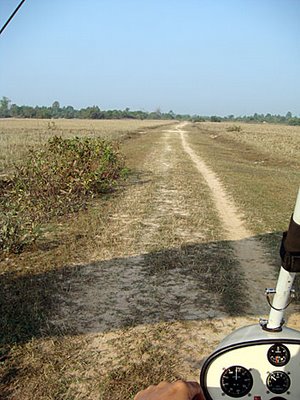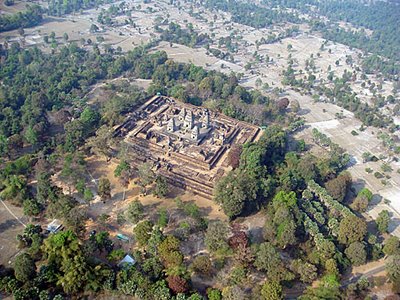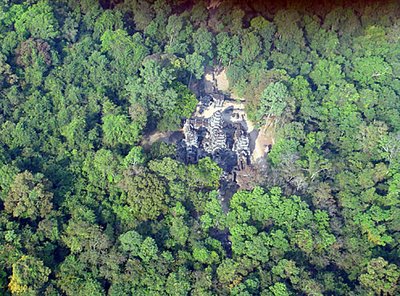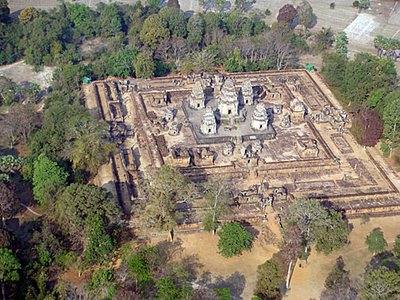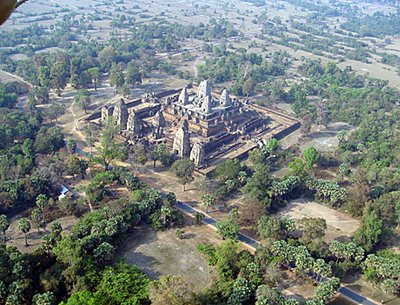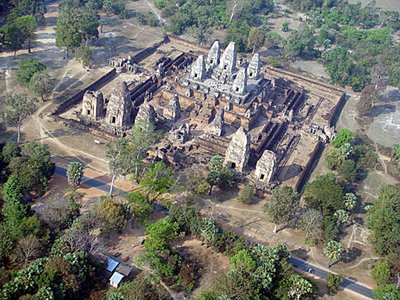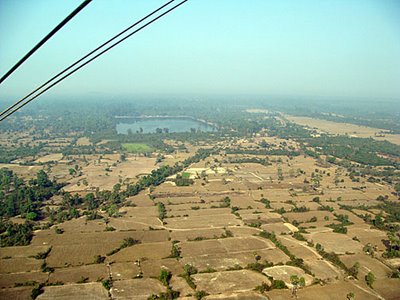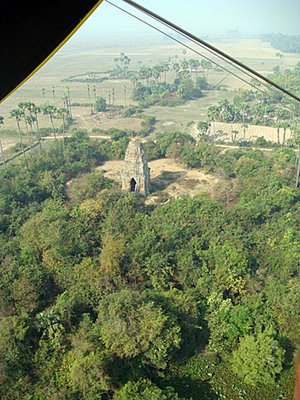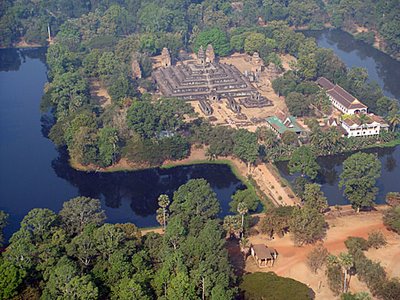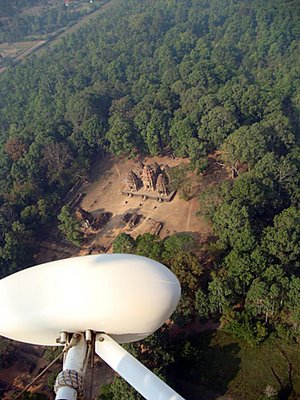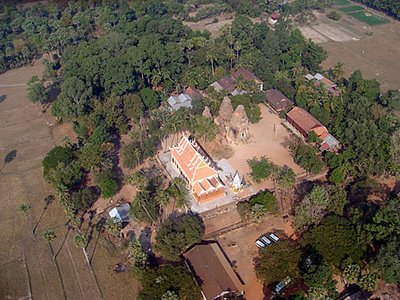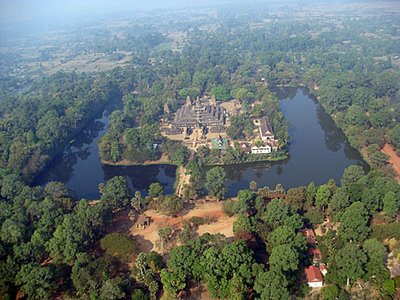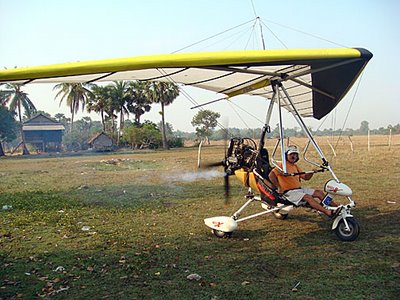Nat Geo highlights
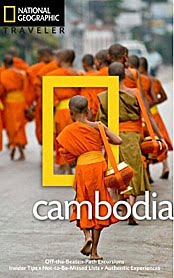 Guidebooks. Love them or hate them, they are here to stay. Separate sections of some guidebooks can now be bought on the internet to save you having to carry around the whole book on your holiday. You can buy the Temples of Angkor section of the Lonely Planet guide to Cambodia for example. Or if you are gadget savvy, which I definitely am not, then you can travel with your guidebook at your fingertips inside your iPod or iPhone.
Guidebooks. Love them or hate them, they are here to stay. Separate sections of some guidebooks can now be bought on the internet to save you having to carry around the whole book on your holiday. You can buy the Temples of Angkor section of the Lonely Planet guide to Cambodia for example. Or if you are gadget savvy, which I definitely am not, then you can travel with your guidebook at your fingertips inside your iPod or iPhone.The number of guidebooks that focus on Cambodia is increasing year on year and I'm still leafing through the new Nat Geo Traveler Cambodia edition which the publishers sent to me last week. The more I read, the more I like it. At the start of each of the geographical chapters, they offer their 'not to be missed' suggestions and in the book's opening introduction, they also offer their countrywide suggestions. These are:
- A moving visit to Tuol Sleng Genocide Museum and killing fields, Phnom Penh
- Experiencing floating village life on the Tonle Sap
- Sunrise at Angkor Wat
- Watching the Phare Ponleu Selpak circus perform
- Seeing authentic apsara dance
- A day trip to Banteay Srei temple, Kbal Spean, and surrounding attractions
- Touring French colonial ruins and relaxing by the river in Kampot
- A Mission Aviation Fellowship flight over the Mekong*
- Eating tarantulas in Skuon
- Seeing Irrawaddy dolphins near Kratie
- Swimming and tubing in Ratanakiri's Yak Laom Lake
- Experiencing hill-tribe life in Ratanakiri or Mondulkiri
- Mahout training with the Elephant Valley Project in Mondulkiri
I was also pleased to see mention of my pal Eddie Smith and his microlite adventures. His company Dragonfly Cambodia gets a box with the following info:
Looking to get some serious air? With Dragonfly Cambodia (tel 855(0)92-533-269), you can take a microlight flight with one of the most experienced pilots in Cambodia. Eddie Smith has flown over all but two of Cambodia's provinces, shooting film and assisting with surveying and research projects. With a few weeks to spare and a serious commitment, he can even train you to fly an ultralight on your own, although there is no licensing procedure in the country to certify your accomplishment. Day trips are available at $200 per hour.
I can speak from personal experience of Eddie's flying skill and the amazing adrenalin rush to be had by flying with him and his microlite. For further evidence, click here.
Labels: microlite, Nat Geo Cambodia
